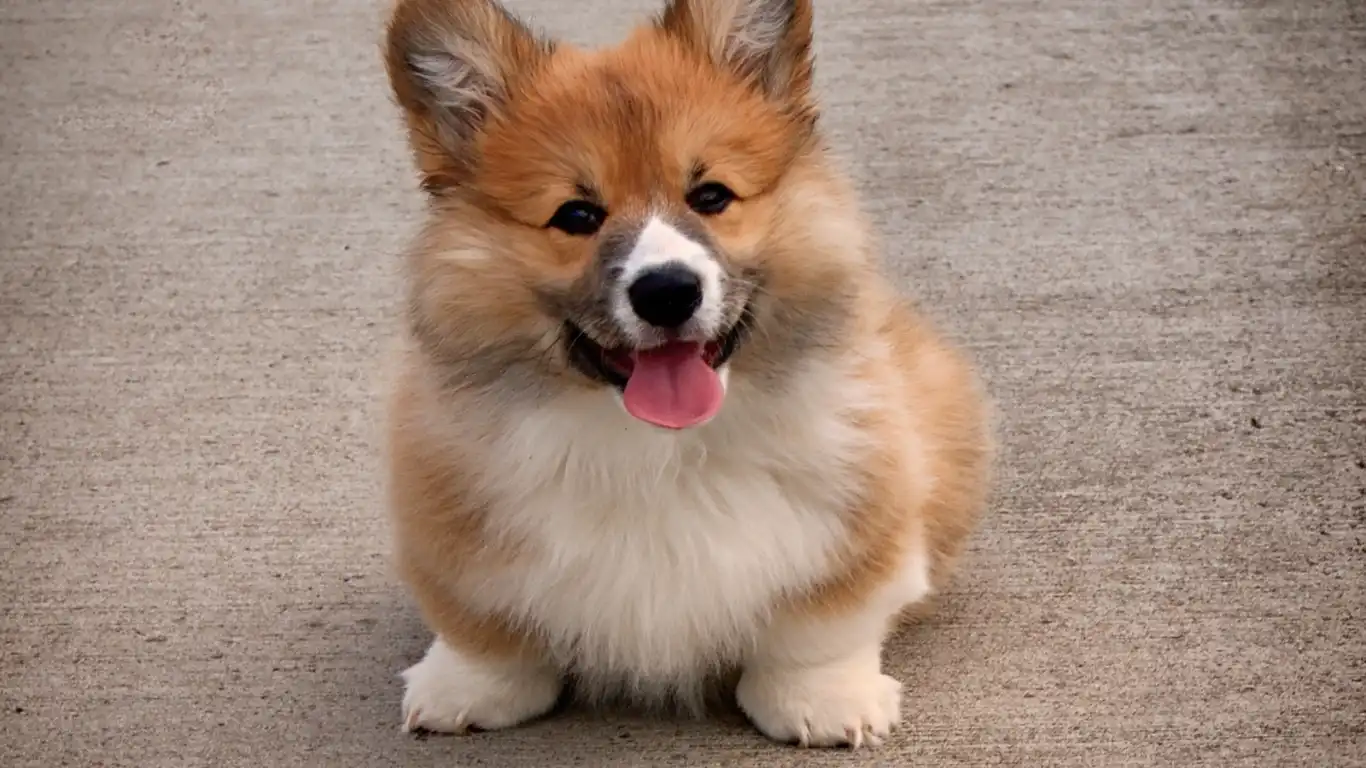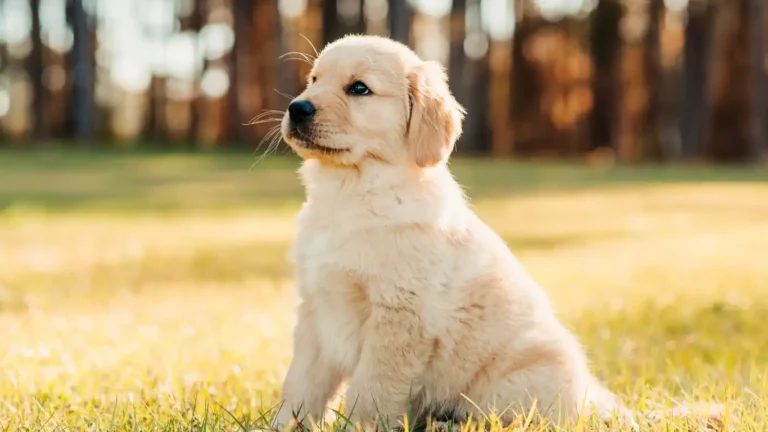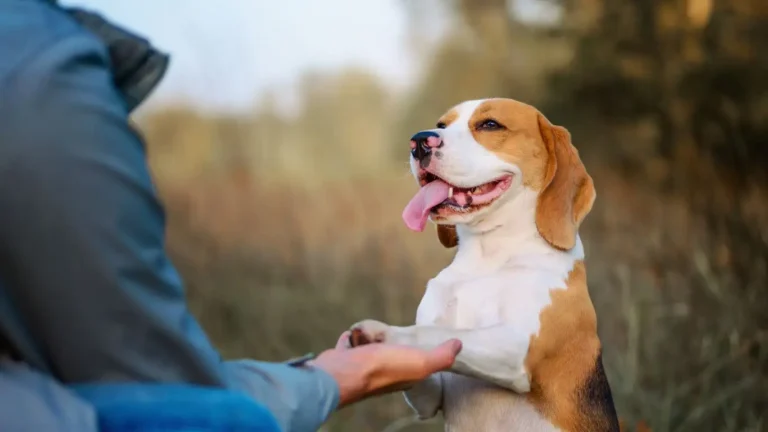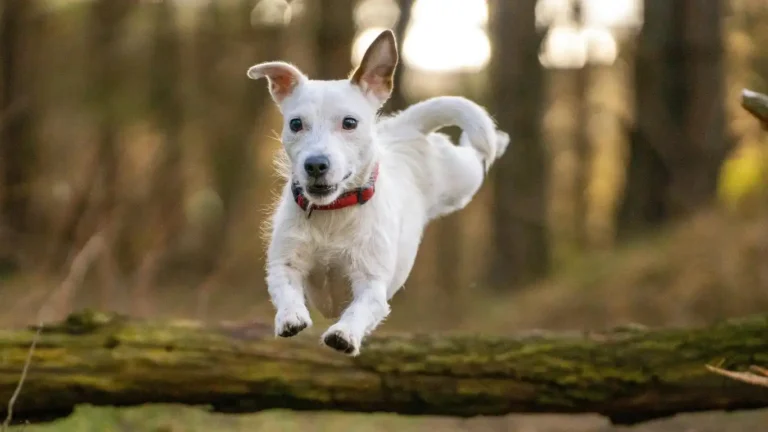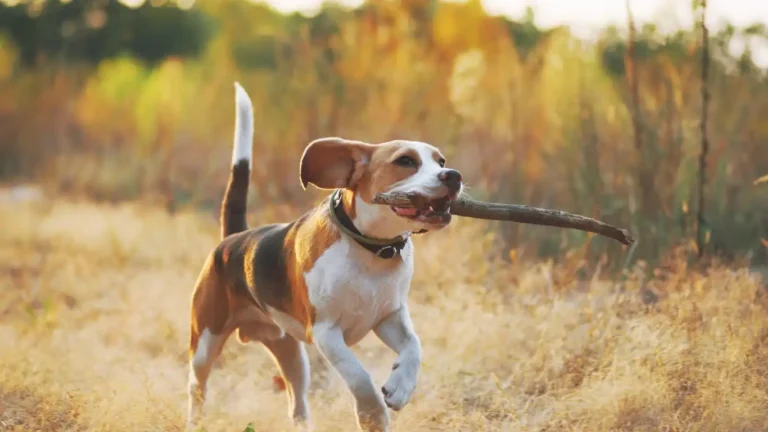How to Stop a Dog from Resource Guarding Food: Proven Strategies
As a Veterinary Technician specializing in nutrition, I’ve seen firsthand how frustrating resource guarding can be for dog owners. It’s a behavior that can be difficult to manage, especially when it comes to food. If you’ve ever had your dog growl, snap, or even bite when you try to get close to their bowl, you’re likely dealing with resource guarding. This instinctive behavior, where a dog guards a resource like food, toys, or even a resting spot, is common in many households. In this article, we’ll dive into understanding how to stop a dog from resource guarding food and help you navigate this behavior with confidence. As someone who’s worked with dogs for years, I’ve seen the positive outcomes of effective, compassionate training, and I’m excited to share some practical tips with you.
What is Resource Guarding and Why Does It Happen?
Resource guarding is a natural instinct in dogs, rooted in survival behavior. In the wild, guarding resources such as food, water, and shelter was crucial for survival. While your dog likely doesn’t need to protect their dinner from other predators, this behavior can still manifest, especially if the dog feels insecure or anxious. The act of resource guarding can range from mild growling or stiff body language to more severe actions like biting.
Understanding why your dog is guarding food is the first step in helping them overcome this behavior. It’s not about dominance or aggression in the way we might think. It’s usually about fear and insecurity. If a dog is unsure about when or where their next meal will come from, they may guard food out of anxiety. This is especially true for dogs who’ve experienced a rough past, such as being abandoned or underfed.
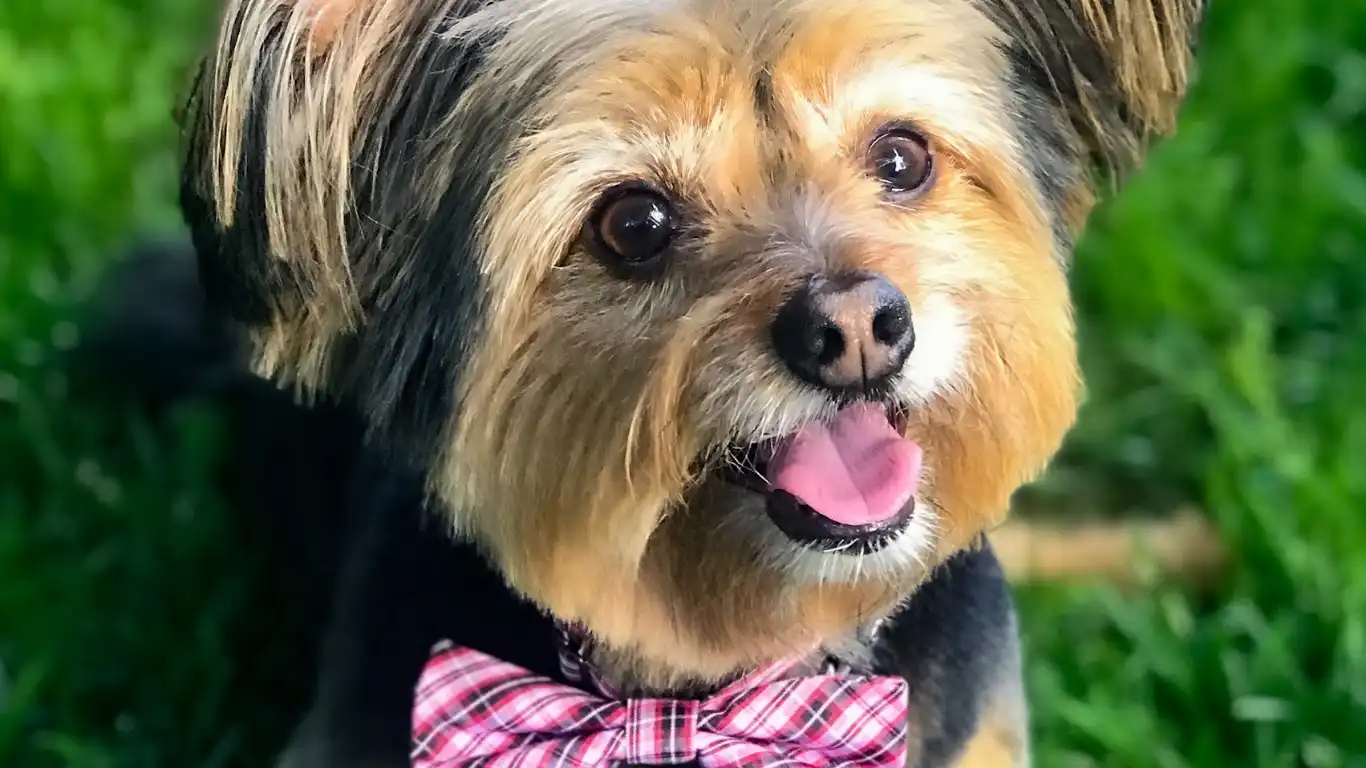
Signs Your Dog Might Be Resource Guarding
So how do you know if your dog is resource guarding? It’s not always as obvious as a growl or bite. Some dogs may show more subtle signs, which is why it’s important to be observant. Here are a few common indicators:
- Growling or Snarling: This is the classic sign that your dog is not happy with your proximity to their food.
- Stiff body language: If your dog suddenly becomes very still and rigid when you approach their food, they might be guarding it.
- Food-hoarding: Some dogs may try to hide or move their food to a safer place if they feel threatened.
- Snapping or Biting: In extreme cases, the dog might go as far as snapping or even biting if they perceive a threat to their food.
Recognizing these signs early is crucial in preventing the behavior from escalating. As a Veterinary Technician, I’ve seen dogs whose food guarding habits became so severe that they required professional intervention. But don’t worry – resource guarding can be addressed with the right techniques, patience, and understanding.
How to Stop a Dog from Resource Guarding Food
When it comes to addressing food guarding, there’s no quick fix. It requires consistency, patience, and positive reinforcement. The goal is to help your dog associate people approaching their food with something positive rather than something to fear. Here’s a step-by-step approach to help your dog learn to share their food without feeling threatened.
Step 1: Don’t Punish Your Dog for Guarding
First things first – never punish your dog for guarding food. While it may be tempting to scold or correct your dog for growling or snapping, this will only increase their anxiety and may make the behavior worse. The key is to create an environment where your dog feels safe and secure.
In my experience, many owners unknowingly escalate the situation by trying to take food away or scold their dog for guarding it. Instead of teaching your dog to stop guarding, they may start to feel even more insecure. Punishment can create fear-based behavior, making your dog less trustful of you and more likely to guard food even more aggressively.
Step 2: Teach the “Trade” Game
One of the most effective techniques is to teach your dog the “trade” game. The goal is to show your dog that when you approach their food, something even better might come their way. Here’s how you can get started:
- Start with a high-value treat: Use something your dog loves – like cheese or small pieces of chicken.
- Approach the food bowl: Gently approach your dog while they are eating. Do not rush the process, as this can cause stress.
- Offer the treat: Hold the high-value treat out and let your dog see it. If they let you get close, reward them by offering the treat right away.
- Back off after the trade: If your dog accepts the trade, back away from the food bowl and let them continue eating.
This technique encourages your dog to associate you approaching their food with something positive – they’ll get an extra treat! Over time, this will help reduce their anxiety around food and allow them to feel more comfortable when you’re near their bowl.
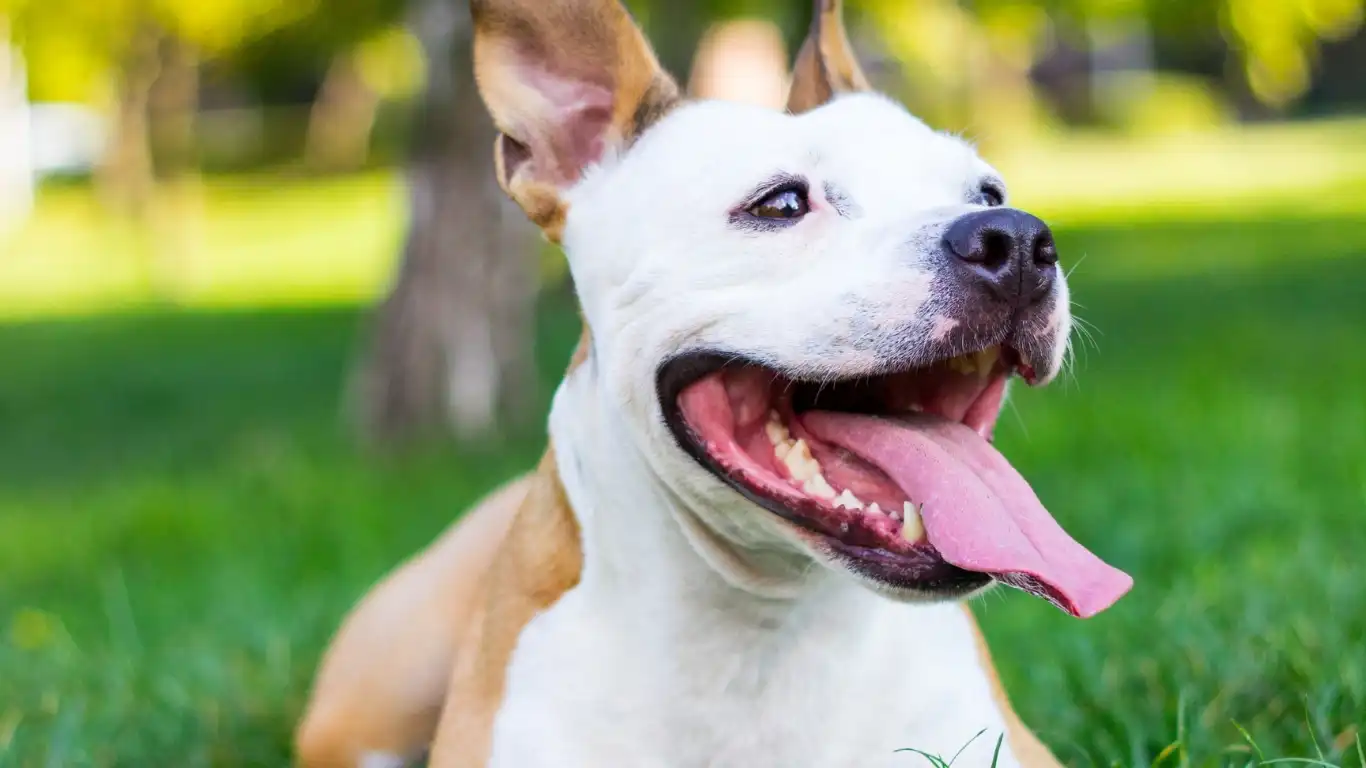
Step 3: Gradual Desensitization
Another powerful tool for stopping food guarding is gradual desensitization. This involves slowly and carefully increasing your dog’s tolerance to people near their food without triggering a defensive response. The idea is to gradually reduce their fear of people approaching their food, one step at a time.
Here’s how to do it:
- Start at a distance: Begin by standing at a distance from your dog while they eat. Make sure your dog feels comfortable and isn’t worried about you.
- Slowly close the gap: Over the course of several sessions, slowly get closer to your dog while they’re eating. Do this at a pace that’s comfortable for them.
- Reward calm behavior: Each time your dog remains calm as you approach, reward them with a treat or praise.
- Move towards closer interactions: Eventually, you’ll be able to stand directly next to their bowl while they eat without them feeling threatened.
Through gradual desensitization, you help your dog get used to your presence near their food, reducing the chances of guarding behavior. It’s essential to be patient and progress at your dog’s pace – rushing can cause setbacks in the training.

How to Stop a Dog from Resource Guarding Food: More Effective Techniques
By now, we’ve covered some solid strategies for addressing food guarding behaviors in dogs, like teaching the “trade” game and using gradual desensitization. These methods are essential to reducing anxiety around food and helping your dog trust you more. But if you’ve been working on this and are still struggling, don’t worry! There are more techniques and tips that can take things to the next level and help stop a dog from resource guarding food for good. Let’s dive deeper into some additional tools and approaches that have helped me work with many dogs over the years.
Step 4: Create Positive Associations with Mealtime
One of the things I’ve found incredibly helpful in my own experience as a veterinary technician is creating positive associations with mealtime. Dogs, like humans, learn through experiences, and if they associate food time with something relaxing or enjoyable, they’re less likely to feel stressed or defensive.
To help your dog feel more at ease with mealtime, try the following:
- Hand-feeding: Start by hand-feeding your dog during meals. This allows you to control the pace and gives your dog a sense of security knowing you’re close. It also helps build trust, as your dog associates you with something positive – the food they love!
- Slow down feeding: Some dogs guard their food because they feel like they need to eat quickly to avoid losing it. Using puzzle feeders or slow feeder bowls can help slow down the eating process and reduce anxiety around food.
- Feeding in a quiet, calm space: If you have other pets in the house, try feeding your dog in a separate, quiet space. This reduces the stress of potential food competition and gives your dog a safe place to eat without feeling the need to guard their food.
These small adjustments can work wonders when it comes to reducing food guarding. By making mealtime a relaxing and positive experience, you’re more likely to see a decrease in any guarding behaviors. Trust me, after years of working with dogs, I can confidently say that a calm, positive mealtime environment is a key part of overcoming resource guarding.
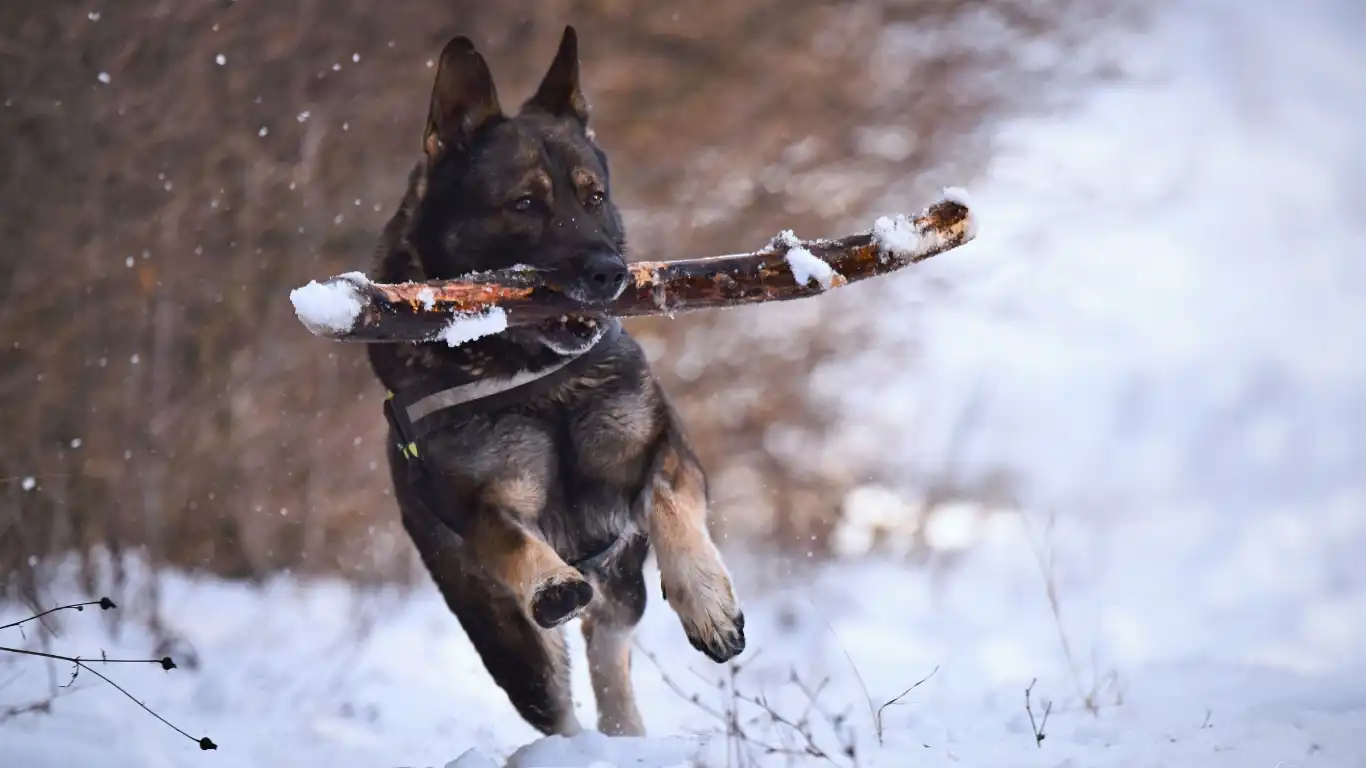
Step 5: Use Desensitization and Counter-Conditioning Techniques
Another powerful method to address food guarding is desensitization combined with counter-conditioning. I know, it might sound a bit technical, but it’s really just a fancy way of saying “we’re going to help your dog feel more comfortable around food and less likely to feel like they need to protect it.” Let me break it down for you.
Here’s what you can do:
- Start with a safe distance: Begin by standing far away from your dog’s food bowl, where they feel safe and aren’t showing any signs of stress. At this distance, your dog should be relaxed.
- Gradually get closer: Over time, slowly decrease the distance between you and your dog’s food bowl. The goal is to make them feel comfortable with your presence near their food, without triggering any defensive behavior.
- Reward calm behavior: Whenever your dog stays calm as you approach their bowl, immediately reward them with a treat or verbal praise. This will help them associate your presence with positive experiences.
It’s important to move at a pace that suits your dog. Don’t rush this process. If you find that your dog is showing signs of stress (like stiffening up, growling, or moving away), you’re getting too close too quickly. Take a step back and try again at a more comfortable distance.
Over time, your dog will start to associate your presence near their food with good things (like treats), which will help reduce the fear and anxiety associated with food guarding.

Step 6: Training with a Professional: When to Seek Help
Sometimes, no matter how hard you try, food guarding behavior persists. If that’s the case, don’t hesitate to seek professional help. Working with a certified dog trainer who specializes in behavioral issues can provide you with the expertise and support needed to address severe food guarding.
In my experience, working with a professional trainer can make a huge difference, especially when the guarding behavior is causing significant issues. Trainers can offer personalized advice tailored to your dog’s specific needs. Plus, they’ll have the experience to manage situations that might be too overwhelming for you to handle on your own.
When choosing a trainer, look for someone who uses positive reinforcement techniques. Avoid trainers who use harsh methods like punishment, as these can often make guarding behavior worse. A professional trainer will help you set up a training plan that is clear, achievable, and effective for both you and your dog.
Step 7: Be Patient and Consistent
One thing I’ve learned over the years working with dogs is that consistency is key. If you’re trying to stop your dog from resource guarding food, you have to be patient and stick with it. Changing behavior takes time, and there will likely be setbacks along the way. But with persistence, you’ll see progress.
Every dog is different, so some may take longer than others to overcome food guarding. It’s essential to keep calm and stay committed to the training process. Here are a few tips for staying on track:
- Practice regularly: Consistency in training is critical. Set aside time each day to work on the techniques you’ve learned, whether that’s the “trade” game or desensitization exercises.
- Set realistic expectations: Change doesn’t happen overnight. Celebrate small wins, and be patient when things don’t progress as quickly as you’d like.
- Stay calm and positive: Your dog will pick up on your energy. If you’re calm and confident, your dog will feel more secure and trust you more.
Remember, resource guarding is a behavior that can be modified with time, dedication, and a positive approach. In my experience, the effort you put in will pay off in the form of a more confident, relaxed, and happy dog!
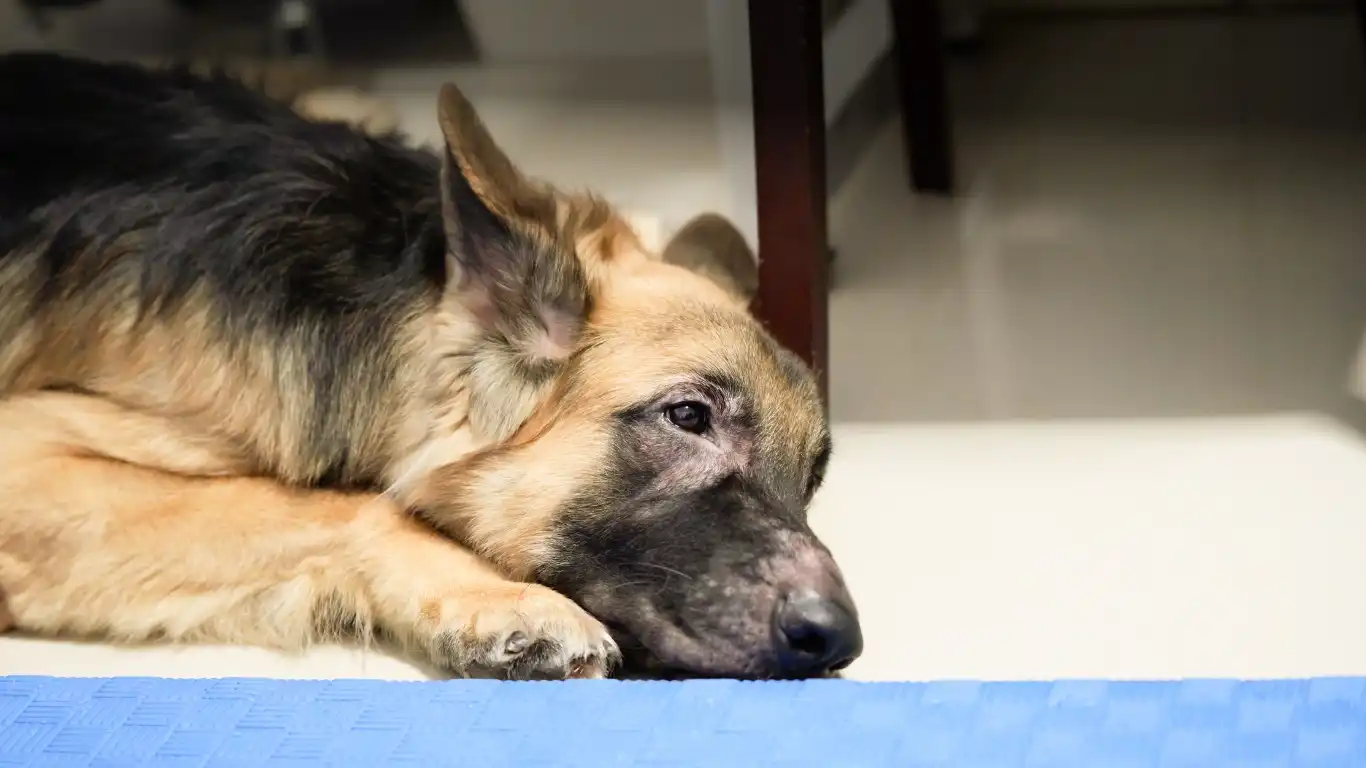
How to Stop a Dog from Resource Guarding Food: Final Tips and Considerations
As we continue from where we left off, it’s important to remember that stopping a dog from resource guarding food is a journey. It’s not something that happens overnight, but with the right approach, consistency, and patience, you can create a safe and positive environment for both you and your dog. In this final part of the article, we’ll explore some additional strategies, address common concerns, and dive into maintaining progress long-term. These tips have worked for me and many of the dog owners I’ve worked with over the years, and I’m excited to share them with you.
Step 8: Use Management Techniques to Prevent Guarding
While training is crucial, there are times when it’s helpful to use management techniques to prevent your dog from being put in situations where they feel the need to guard their food. Management can be especially useful in households with multiple pets or young children, as it helps set clear boundaries and prevents conflicts from escalating.
Some effective management techniques include:
- Feeding your dog in a separate room: If you have multiple pets or small children, feeding your dog in a quiet, isolated area can give them the space they need to feel secure while eating.
- Using a crate during meals: For dogs who are particularly anxious around food, placing them in a crate during mealtime can help them focus on eating without worrying about other distractions.
- Supervising interactions: Always supervise interactions between your dog and other pets or children, especially when food is involved. This reduces the chances of competition or misunderstandings over resources.
In my experience, these management techniques can be a lifesaver. They don’t solve the problem long-term but act as a helpful temporary measure while you continue working on training. This approach gives both you and your dog peace of mind while you’re working toward more permanent solutions.

Step 9: Addressing Resource Guarding in Multi-Pet Households
If you have more than one pet, resource guarding can be even more complicated. Dogs are territorial creatures by nature, and in multi-pet households, the anxiety around guarding food can intensify. One of the key things to keep in mind in this situation is the importance of managing resources fairly and consistently for all pets.
Here are a few strategies that have worked in my own experience with multi-pet households:
- Feed pets separately: When you have multiple dogs or cats, feeding them separately in different areas of the house can help prevent competition for food. This reduces stress and the chances of a confrontation.
- Provide plenty of resources: Ensure that each pet has their own designated feeding area, toys, and resting spaces. The more resources you provide, the less likely your dog will feel the need to guard them.
- Ensure equal attention: Dogs can become possessive if they feel one pet is receiving more attention or resources than another. Make sure to divide your time equally among your pets to avoid jealousy or insecurity.
One of the most significant lessons I’ve learned from working in multi-pet households is the importance of creating a calm, predictable environment. When dogs feel like their needs are consistently met and that they have their own space, the urge to guard resources tends to lessen.

Step 10: Monitor and Maintain Progress
Once you’ve made significant progress with stopping food guarding, it’s important to continue monitoring your dog’s behavior to ensure that the guarding doesn’t reoccur. Like any behavior change, it requires ongoing attention and consistency. Be sure to:
- Reinforce positive behavior: Continue reinforcing the positive behaviors you’ve worked on, like staying calm and trusting when you approach their food. This helps keep the training fresh in your dog’s mind.
- Practice in different settings: Try feeding your dog in various locations and with different distractions. This helps your dog generalize their calm behavior to other situations, which is essential for long-term success.
- Watch for signs of stress: Always be vigilant for any signs of anxiety or guarding behavior that may re-emerge. If you notice any, take a step back in your training and work at a slower pace to rebuild their comfort.
In my experience, the most successful clients are those who keep working with their dogs even after the issue seems resolved. Dogs can be unpredictable, and sometimes stressors in their environment might trigger old behaviors. Keeping up with regular reinforcement and monitoring can make a world of difference.
Additional Resources and References
If you’re looking for more in-depth information on dog behavior, here are some trusted resources I recommend:
- American Kennel Club (AKC) – Great articles and tips on dog behavior and training techniques.
- PetMD – Offers a variety of expert articles on common dog behavior issues, including resource guarding.
- National Institutes of Health (NIH) – Learn about the science behind dog behavior and anxiety disorders.
These sites offer additional support and can help you continue your education on dog behavior and training. They also provide resources for finding professional trainers if you feel like you need further assistance.
Disclaimer
The information provided in this article is intended for educational purposes only and should not be used as a substitute for professional advice from a veterinarian or dog trainer. If your dog’s food guarding behavior is severe or escalates, it’s essential to seek guidance from a certified professional who can assess the situation and provide personalized recommendations. Every dog is different, and behavior modification takes time and patience.
